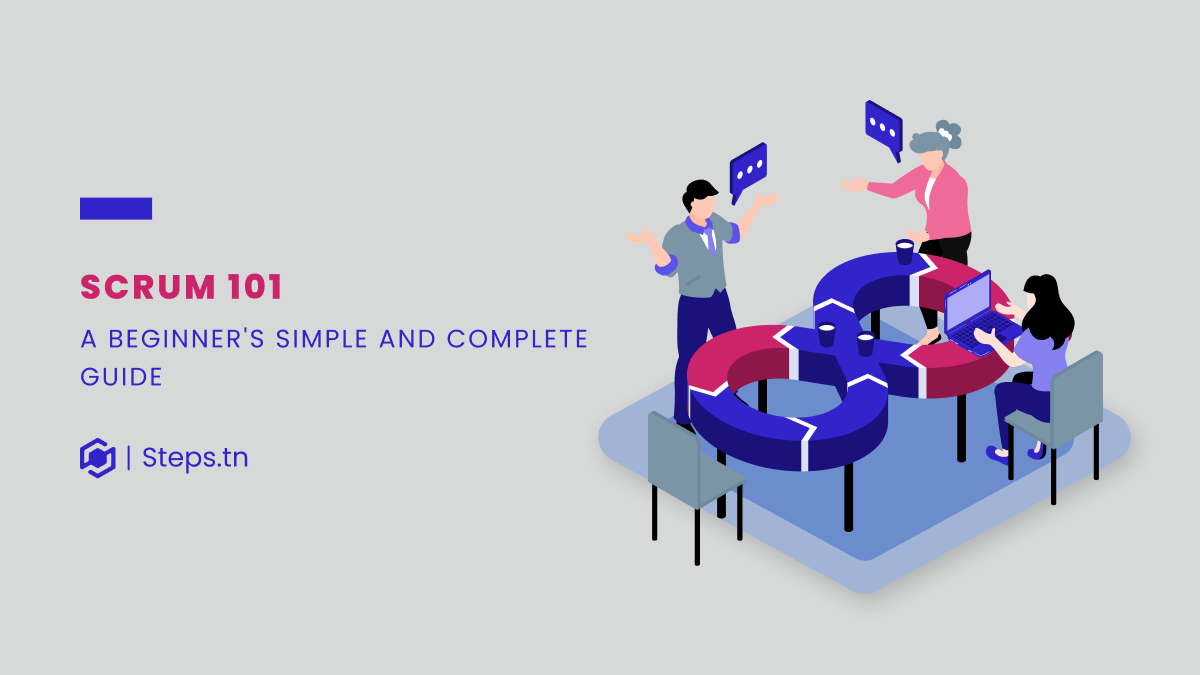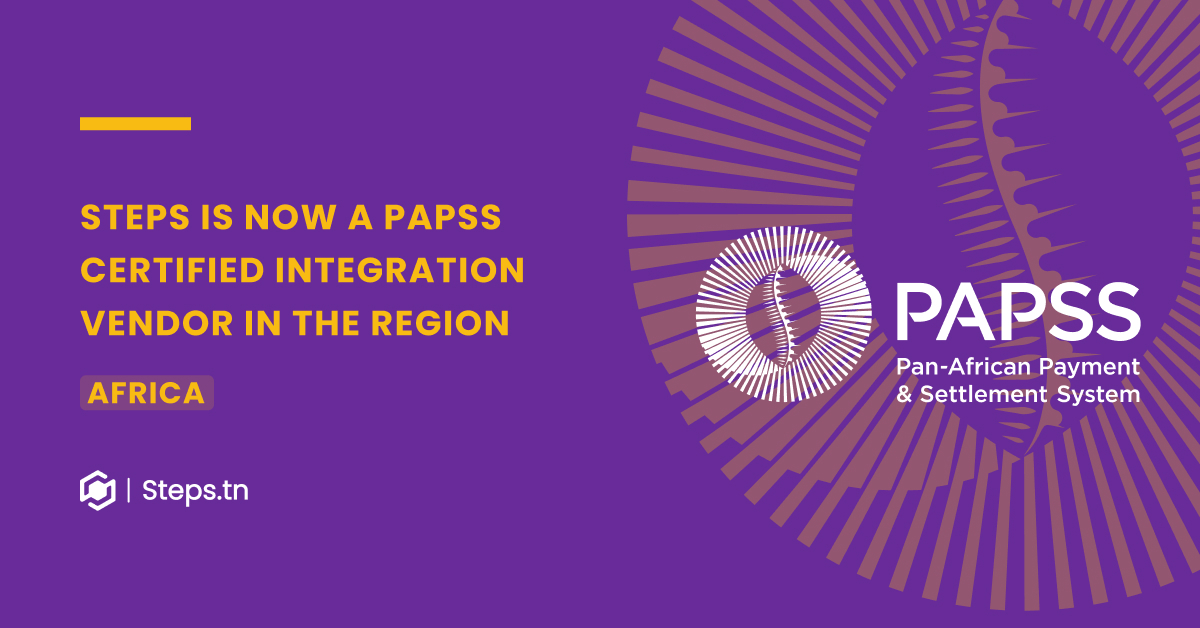Your workplace wants to adopt the Scrum methodology, but you have no idea what it is and where to start learning? Feeling lost in front of a whole new world of information and knowledge can sometimes be scary. However, we’ve got your back. With this article, you’ll be able to understand what Scrum is and how to use it, even if you’re a complete beginner!
Agile and Scrum
In order to understand what Scrum is, we need first to explore the Agile methodology. Agile was created in 2001 mainly to deal with responding to change in projects. Pre-2001, companies used to mainly use the Waterfall approach. This approach basically meant that at the start of the project, you got the requirements for the project. After that, the team continued to work until the deadline to deliver the project. This meant that any client changes would have to come after the delivery of the project, which would sometimes be too late. Agile deals with this by having constant customer collaboration and focusing on iterative development, rather than delivering everything at once. Agile was mainly created for software development, but it is now getting used in countless other industries!
The developers who created the Agile methodology created the Agile Manifesto and wrote its 12 principles. Following these principles is very important in order to implement the agile methodology correctly. The principles are:
- Satisfy the customer through early and continuous delivery of valuable software.
- Welcome to changing requirements, even if late in development. The customer’s competitive advantage is the priority in Agile.
- Deliver working software frequently, usually from a couple of weeks to a couple of months. However, shorter timescales are preferred.
- Business people and developers need to work together daily throughout the project.
- Build the project around motivated individuals. Give them the support and trust they need to get the job done.
- The best way to convey information is through face-to-face conversation.
- Working software is the main measure of progress.
- The team should be able to maintain a constant pace throughout the project.
- Attention to excellence and design enhances agility.
- Simplicity is key. Meaning, eliminating as much unnecessary work as possible.
- The best work comes from self-organising teams.
- Regularly, the team should reflect on how to become more effective. They then should tune and adjust accordingly.
Now that you understand the basics of Agile and why it was created, let’s dive into Scrum, what it is, and how it relates to Agile.
What is Scrum?
In short, Scrum is an Agile framework. Basically, it’s a framework that tries to implement the Agile methodology as perfectly as possible. It is not the only Agile framework, as there are multiple others, such as Kanban or Extreme Programming (XP). For today’s article, the focus will be solely on Scrum.
Scrum aligns with the Agile principles because it has some key similarities. Scrum focuses on iterative development, customer feedback, and allowing teams to adapt to change. It also pays huge attention to having self-organising teams and allowing them to be effective.
However, in order to be able to implement Scrum successfully, all members of the team need to master the core values, which are:
- Commitment: The team needs to be committed to achieving sprint goals and delivering value to the customer.
- Courage: The team needs to be courageous in dealing with any obstacles. Examples of that include having to take risks and raising concerns for the benefit of the team and project.
- Focus: To avoid all distractions and have two goals; focus on sprint goals and ship valuable product increments.
- Openness: To have full transparency in communication, sharing information, and collaboration in the team. This also means to have no fears of raising concerns or for constructive criticism.
- Respect: To appreciate the diverse skills in the team, empower other team members, and trust them to complete their tasks. Most importantly, it is important for the team to recognise that no member is more important than the other, and that they all contribute to the project in their own way.
After mastering the core values, then we can begin to understand how Scrum functions.
Scrum’s Process and Roles
Scrum works with a system of sprints. Sprints are time periods where the team works on the planned work for that sprint. Sprints usually last a fixed duration between a week to a month, however, there are some rare exceptions in some Scrum teams. The most popular time format for sprints is 2 weeks. This is because it is neither too short where no substantial work will be made, nor too long where the team could lose focus on their sprint goal.
Besides the sprint process, it is also important to understand the different roles of a Scrum team. The roles are:
- The Scrum Master is the servant leader of the team. Their main role is to ensure that the Scrum procedures are followed and to eliminate any impediments or disturbances for the team. They also aim to optimise team collaboration. They’re different from a normal manager in the way that they do not provide day-to-day guidance, and they don’t give tasks to their other team members.
- The Product Owner’s main responsibility is to have a clear vision of where the project should be headed and illustrate that vision to the team. They’re usually the ones in contact with customers or key stakeholders, and they transform all information gained into tasks in order for the team to be able to work on them. They manage the product’s backlog, which is a place where all the tasks of the project exist.
- The Scrum Team is a self-organising and cross-functional team. They do the main tasks of the project, such as development, design, testing, and so on depending on the project at hand. In Scrum, no matter the position of the team member, they all belong to the Scrum Team. They share the same goal of reaching sprint goals and delivering value to the stakeholders and to the project.
The Scrum Artefacts
Artefacts are essential in any Scrum Project, and fully understanding them is crucial. The artefacts are:
- Product Backlog: As mentioned previously, the product backlog is a dynamic and prioritised list of all remaining work in a Scrum project. The product owner manages the product backlog fully.
- Sprint Backlog: The sprint backlog is derived from the product backlog, except that it contains the items that were decided to be worked on during a specific sprint.
- Increment: An increment is a shippable product or piece of functionality. Increments are what’s delivered at the end of sprints. The most important thing about increments is that they need to be functional and working, as mentioned in the 12 agile principles.
The Scrum Rituals (Ceremonies)
Finally, in order for the scrum process to work smoothly, it is important to follow the different Scrum rituals. This is also in order to follow the different Agile principles. The rituals – also called ceremonies – that are present in Scrum are:
- The Daily Scrum Meeting is a daily meeting that lasts a maximum of 15 minutes. All members of the team should attend, meaning the Scrum team, the Scrum master, and the product owner. In this meaning, the Scrum team all answer three questions.
- What have they worked on between the last daily and today’s?
- What will they work on today?
- Do they have any impediments that would stop them from completing their work for the day?
- The Sprint Review is a meeting at the end of each sprint that involves all the members of the team and stakeholders of the project. The goal of this meeting is to showcase what has been worked on during the last sprint, to gain feedback for the stakeholders, and to determine whether the project is heading in the right direction.
- The Sprint Retrospective is an internal reflective meeting that involves all the members of the team. The purpose of this meeting is to reflect on the previous sprint, determine what went well, what didn’t, and what actions the team needs to make in order to improve.
- Finally, Sprint Planning is also an internal meeting where the Scrum team selects items from the backlog to be worked on during the next sprint. The product owner helps with this and provides guidance according to their vision and priorities of the project.
Conclusion:
So that was our Scrum 101 comprehensive guide! We hope that with this article, you’ll be able to apply Scrum to your projects. We hope that you clearly understood the different aspects of Scrum, including how it relates to Agile, its core values, the different Scrum roles, and finally the different rituals.
However, do not forget that the world of Agile and Scrum is an endless journey of knowledge. You can always learn more, and find better ways to implement Scrum in your projects. For example, a way of doing that is to use tools that facilitate being Agile, such as Jira or Trello.
By adhering to the agile methodology, our certified Scrum Masters will ensure the roadmap to project success is firmly in place.
Would you love having a team for your project that masters Scrum and Agile? Then contact us now, and we’ll have your success as our number one priority!





